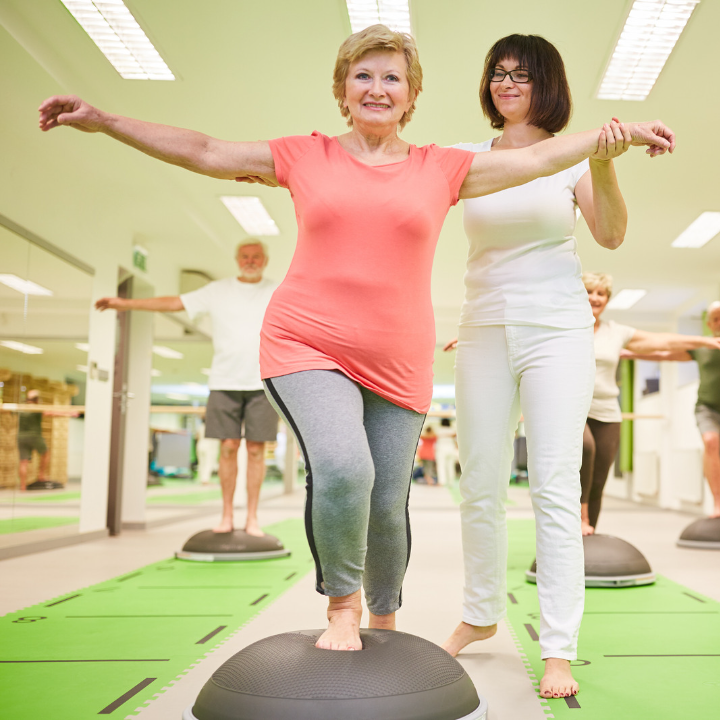World Parkinson's Day


The Stats and Facts
According to Shake It Up, 38 Australians are diagnosed with Parkinson's Disease (PD) daily. That's one diagnosis every 40 minutes. 20% of sufferers are under 50 years old, and 10% are diagnosed before age 40.
Parkinsons' Disease is a progressive, degenerative neurological condition affecting a person's ability to control body movements. Our body comprises neurotransmitters, which help pass signals from one body part to another; think of them as messengers. One of our neurotransmitters is called dopamine. Parkinson's Disease affects dopamine production within a specific part of our brain. With a reduction in dopamine levels, Parkinson's symptoms occur. Motor symptoms often occur in the form of slowed movements, rigid muscles, frozen facial expressions, tremors, and gait and balance problems. Non-motor symptoms include loss of smell, vision difficulties, difficulty swallowing, speech problems, sleep disturbances, constipation, cognitive impairments and fatigue.
Medications can help to relieve symptoms of Parkinson's Disease for most people; however, incorporating lifestyle modifications, especially exercise and a healthy diet, can assist in alleviating symptoms.

A Physio's Role
You may be wondering how physiotherapy can help with Parkinson's Symptoms. Physiotherapists can assist in improving mobility, flexibility and balance in those diagnosed with Parkinson's, promoting independence. Physiotherapists can also correct abnormal postures and movements to prevent falls and provide sufferers and their families with education to manage symptoms now and in the future.
Physiotherapy has been shown to reduce not only symptoms but also slow the progression of the disease. For example, supervised high-intensity treadmill training, and home-based stationary cycling, for 30 minutes three times a week for six months, have been shown to slow motor symptoms progress.
A systematic review showed that exercise, supervised by a physiotherapist, can reduce the frequency of falls in Parkinson's sufferers by 60 per cent. Exercise should be commenced as soon as possible following diagnosis for better results. Additionally, it has been found that programs that incorporate highly challenging balance training 2-3 times per week for 10 weeks can improve one's balance; however, this level of training must be maintained, or progress can be lost within 6 months.
Furthermore, European guidelines report strong evidence for cueing, namely visual (a.g. stepping over strips of tape on the floor) or auditory (e.g. using a metronome) to reduce freezing of movement in those diagnosed with PD.
If you suffer from or have a loved one who suffers from Parkinson's Disease, it is strongly encouraged that you seek support from a physiotherapist. Phone 4199 7550 to book your consultation today.
Sources: Shake It Up, 2023; Van der kolk, 2019; Shen, 2016; Sparrow, 2016; Conradsson 2017; Wallen, 2018; Keus, 2014.